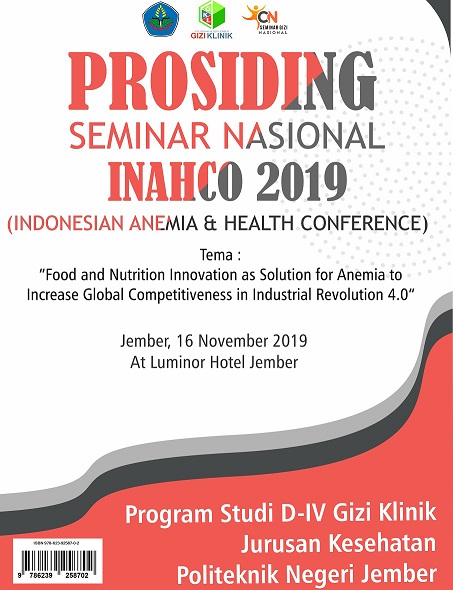Analisis Aktivitas Antioksidan dan Uji Organoleptik Minuman Cokelat (Theobroma cacao L.)
Keywords:
antioxidant activity, chocolate organoleptic test, cocoa powder, DPPH mentodAbstract
Chocolate drinks made from cocoa beans are obtained from a type of plant called Theobroma cacao L. Cocoa beans naturally contain nutrients that are needed for human health and consist of fats, carbohydrates, proteins, antioxidant compounds, refreshing compounds and minerals. The concentration of each compound is strongly influenced by the type of plant, the growing environment and how it is processed. Chocolate food and drinks have great antioxidant potential, knowing the best organoleptic formulations and antioxidant content in chocolate drinks. In this study used the measurement of antioxidant activity with DPPH analysis method. The materials used in this study were 240 ml water, 25 grams of sugar, and fortified chocolate powder with 5 different formulations namely D1, D2, D3, D4 and D5. Making chocolate drinks using boiling water (± 98oC) up to 240 ml. The acceptability of chocolate drinks with organoleptic tests is known that in terms of color prefers dark brown color. The dominant taste is bitter so it's not liked. The dominant facet with a strong chocolate scent is preferred. In terms of texture (thickness) like a thick texture with a higher amount of cocoa powder. The highest antioxidant activity is found in the treatment of D5 with 30 gram cocoa powder, then D4 25 gram cocoa powder and D3 20 gram cocoa powder. So, the higher the amount of cocoa powder, the higher the antioxidant content.
Downloads
Published
Issue
Section
License
Copyright (c) 2019 Arisanty Nur Setia Restuti, Adhiningsih Yulianti, Huda Oktafa, Dini Sakinah Alfafa, Fenty Nurrohmah Yani, Malia Kurniawati, Putri Wulandari

This work is licensed under a Creative Commons Attribution 4.0 International License.





